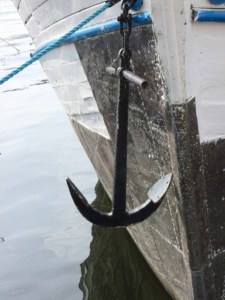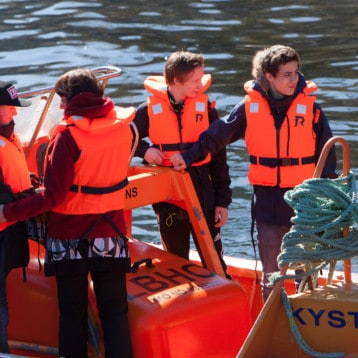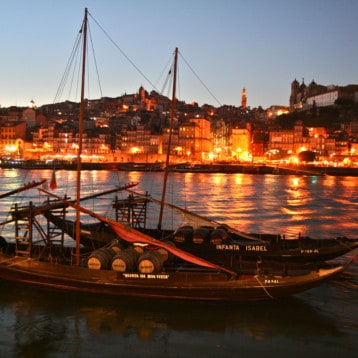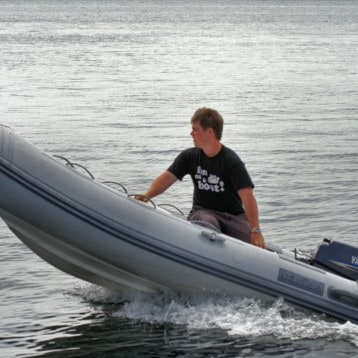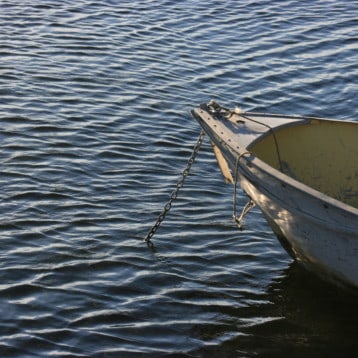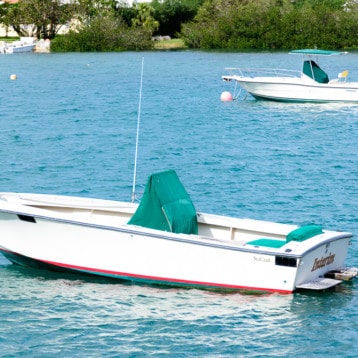When it comes to choosing the right size anchor for their boat, most people are lost because some boats may not be able to withstand certain anchor weights. Thankfully, there are some rough guides to determine the weight your anchor should be. Along with this are some factors that could either lower or raise the possible anchor weight for your boat.
How to Determine Boat Anchor Size?
When sizing a boat anchor rode, use a 7:1 proportion: that means that for every 1 foot or meter of water depth, use 7 times the amount of rode. Let’s say, to anchor a boat in a 10 feet deep water, the anchor will need a 70 feet long line. A lightweight anchor will only need a 5:1 ratio for safety.
A general rule for determining the weight for your anchor is to measure the length of your boat and make sure the ratio is one foot of the boat to one pound of your anchor. You can increase the size of your anchor with a few factors such as a heavier boat than usual or you use a lightweight rode. You can shed a few pounds off your anchor if you don’t stay on your boat overnight or if you have a skinny, lightweight boat. You can also knock off pounds if you have a large rode behind the anchor or if you barely use your anchor. While using just a rope with no anchor is quite useless, so if using an anchor with no rode so that should be considered when looking for your anchor.
When choosing the type of anchor, take a look at the seabed. If you anchor in mostly sand, the fluke anchor will do you nicely because of its design. Keep in mind that this kind of anchor is lightweight and the most popular one of this kind is the Danforth anchor.
If you anchor mostly in mud, rocks, or thick weeds, the necessary anchor is a plow. This one is known to be heavy and difficult to store meaning a lightweight rode would be needed if you have an average sized boat. One that also works well in rocks and thick grasses is the Kedge anchor; however, this one is lightweight and known to handle bigger boats well. It has one fluke to dig into the sea bed and hold while the other sticks out. Choosing the amount and weight of your rode can depend on a few factors as well. Consider the depth of the water, the distance from the waterline to the bow of your boat, and the weather and sea conditions such as wind and waves.
If the anchor of your boat is too heavy, damage can occur to your windlass; however, heavier anchors pretty much set themselves. An anchor that is too light may mean the difference between you sleeping soundly and waking up to the sound of your boat banging on a reef or another boat. Another problem you can have is your rode being too short, but choosing a different anchor won’t exactly fix that problem.
When choosing the size of your anchor, the biggest factor to take into account is the size of your boat. Next comes the seabed and the strength of your windlass along with any water conditions you might face. Your rode also plays a big part as it adds weight to your anchorage so consider their weight together.

